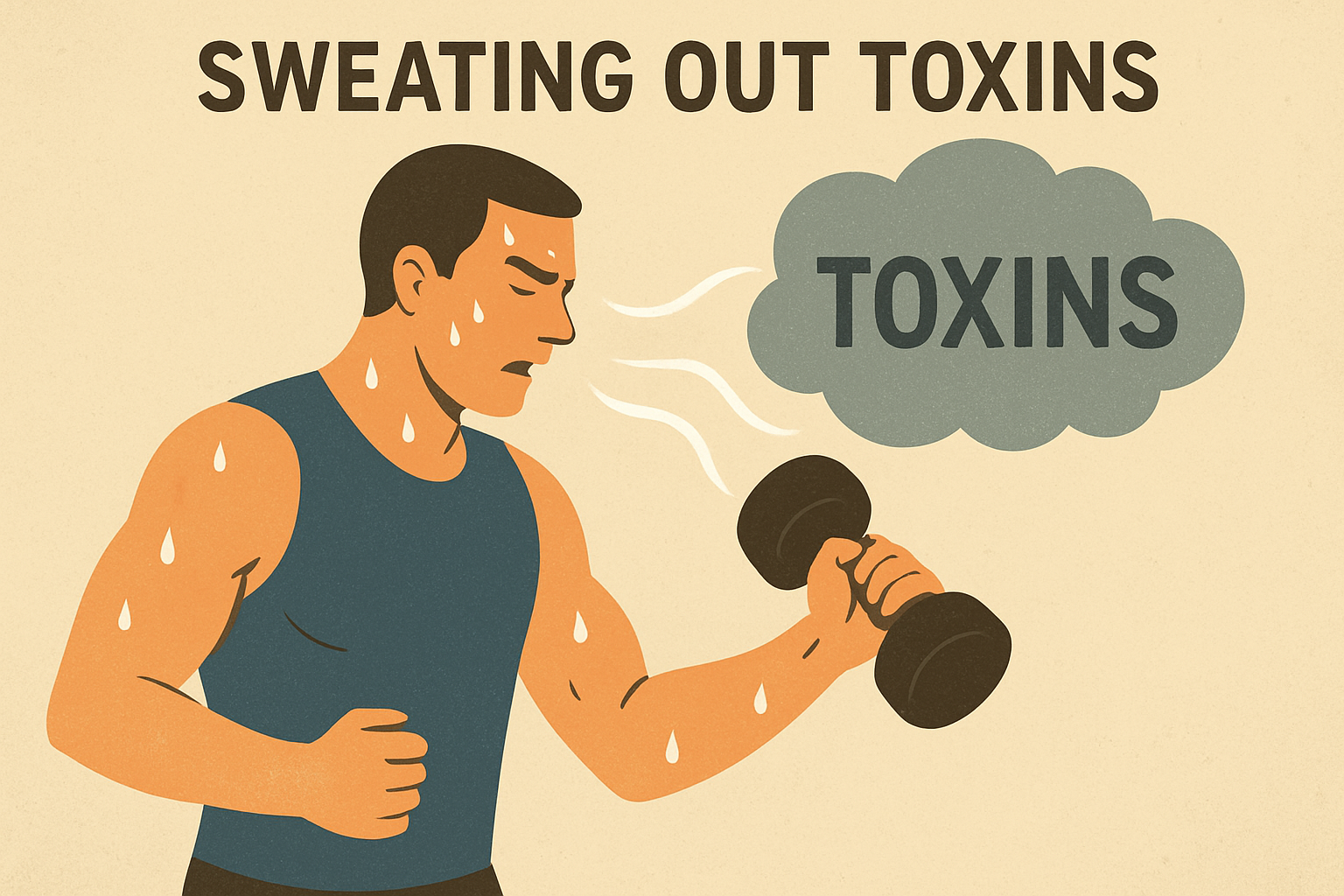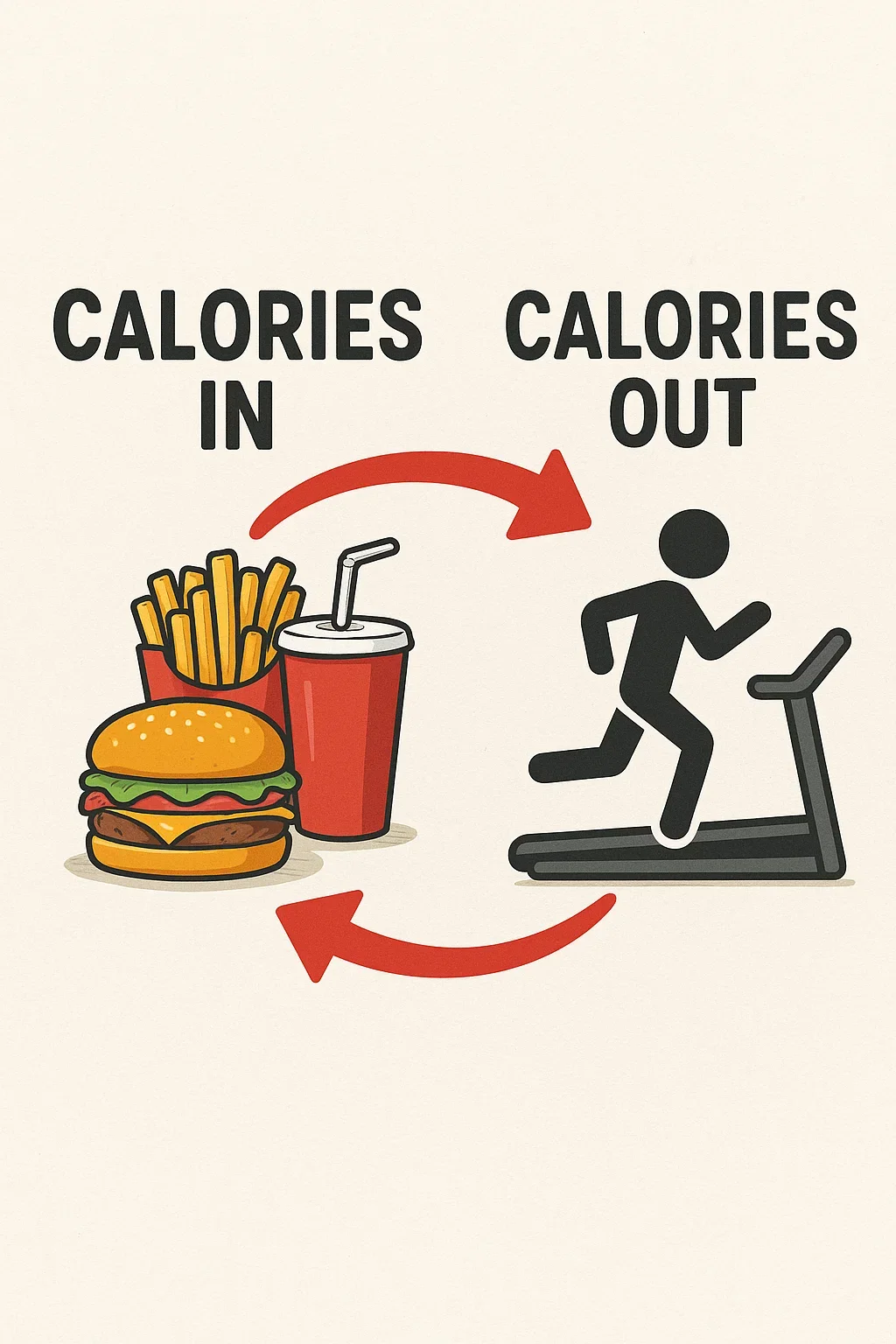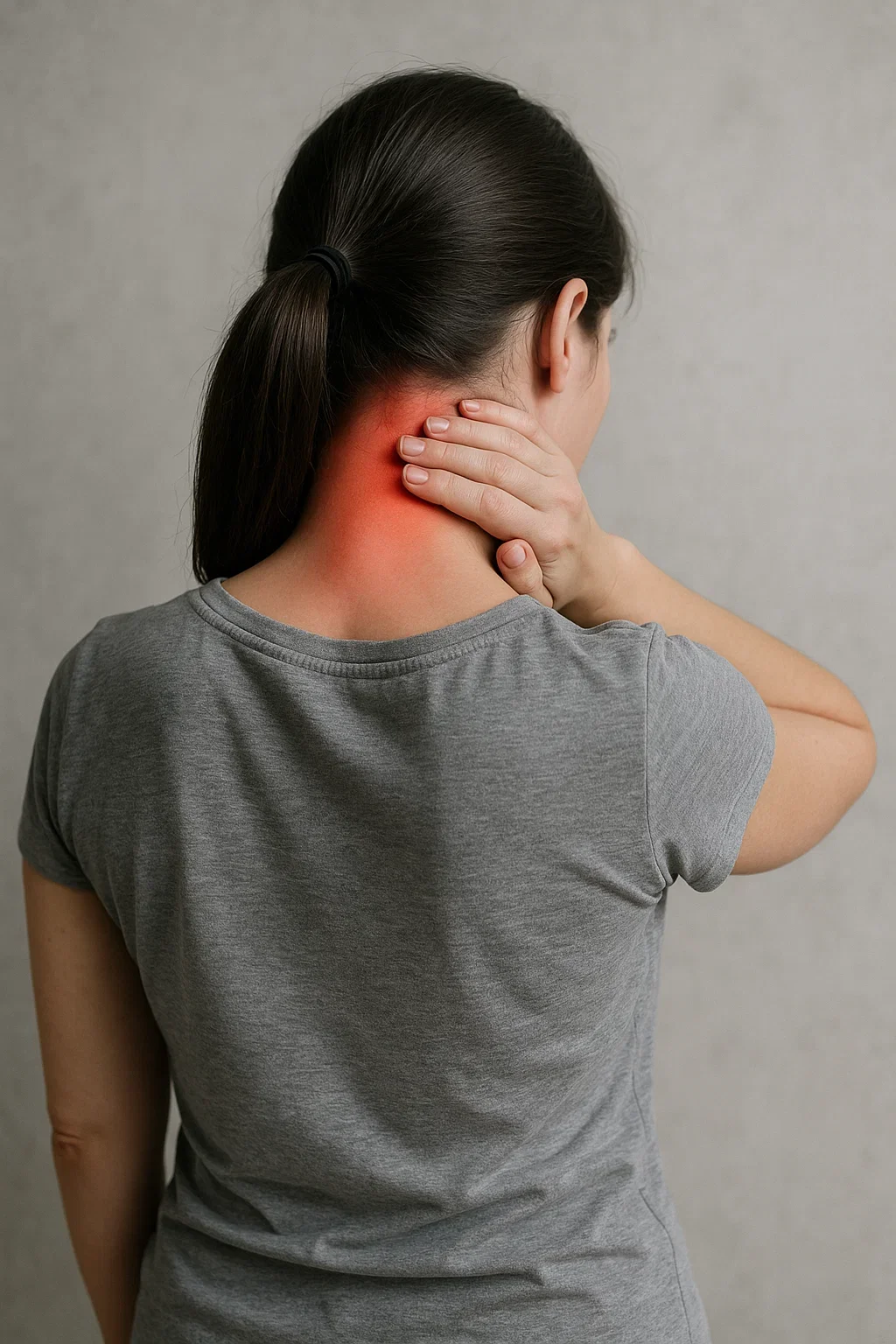Joint & Nerve Pain Relief: A Comprehensive Guide to Supplements, Therapies, and Lifestyle Approaches
Joint and nerve pain can be life-altering — whether from arthritis, tendon injury, autoimmune inflammation, or chronic neuropathy. While conventional medications (NSAIDs, steroids) can help short-term, many people are looking for safer, long-term strategies to reduce pain, improve mobility, and support tissue repair.
This article blends dietary strategies, supplements, peptides, medications, regenerative injections, and physical practices. We’ll also highlight insights from Dr. Chris Masterjohn (many thanks!), particularly on collagen, vitamin C, and glycine timing.
BUT FIRST…..I have found that exercise is a really good treatment. With the right exercise protocol followed by the right dosage AND the removal of activities that “pick the scab” exercise may be the best treatment of all.
Next, try these:
1. Diet & Elimination (Including Gluten-Free)
Many with autoimmune or inflammatory joint issues report improvement on gluten-free diets or elimination protocols.
Try a 4–8 week structured elimination (gluten, dairy, soy, corn, nuts, night shades, processed sugar/ carbs) followed by gradual reintroduction.
Anti-inflammatory diets rich in vegetables, omega-3s, and polyphenols (berries, olive oil, green tea) may further support pain relief.
This in not a “sexy” but it can work BETTER and is way CHEAPER then everything else. I have not had bread/ gluten since 2014 and I am still alive. Life goes on without gluten
I do this step!
2. Collagen Peptides + Vitamin C (Masterjohn-Guided Timing)
Why: Collagen provides amino acids (glycine, proline, hydroxyproline) that support tendon, ligament, and cartilage repair. Vitamin C is essential for collagen cross-linking.
Masterjohn’s protocol: Take 15 g collagen peptides + 50–250 mg vitamin C about 30–60 minutes before exercise or physical therapy to maximize connective tissue remodeling.
Brands: Vital Proteins, Great Lakes, Designs for Health.
Extra tip: Collagen counts toward your daily glycine intake (see Section 7).
I do this one!
3. B Vitamins (for Nerve Support)
B12 (methylcobalamin): 1,000 µg/day sublingual or oral; supports myelin and nerve regeneration.
B1 (benfotiamine): 300 mg/day in divided doses for diabetic neuropathy.
Caution: Avoid chronic B6 >100 mg/day (risk of neuropathy).
4. Fish Oil (Omega-3s)
Why: EPA/DHA reduce inflammatory cytokines and may improve pain and morning stiffness in arthritis.
Dose: 2–4 g/day combined EPA + DHA. PLEASE NOTE…this is a higher dosage than the bottles will give.
Timing: With meals containing fat.
Brands: Nordic Naturals (IFOS-certified), Carlson, Thorne.
I do this one
5. Curcumin & Boswellia
Curcumin: 500–2,000 mg/day in enhanced forms (Meriva® phytosome, BCM-95®, or with piperine).
Boswellia serrata (AKBA-standardized): 300–1,000 mg/day.
Evidence: Effective for osteoarthritis pain, sometimes comparable to NSAIDs with fewer side effects.
Tip: Best absorbed with fat-containing meals.
Note those dosages…I do this one.
6. Glucosamine, Chondroitin & MSM
Glucosamine sulfate (stabilized with KCl): 1,500 mg/day (best studied form).
Chondroitin sulfate: 1,200 mg/day, may slow cartilage breakdown.
MSM (methylsulfonylmethane): 1.5–3 g/day divided; supports sulfur metabolism and reduces joint pain.
Evidence: Benefits are modest but cumulative over 2–6 months.
7. Glycine (Masterjohn Highlights)
Why: Balances methionine from muscle meats, improves sleep, and supports collagen synthesis.
Dosage:
Sources: Collagen, gelatin, or standalone glycine powder.
8. Peptides (e.g., BPC-157)
What: Synthetic peptides studied for tissue repair, gut healing, and inflammation.
Evidence: Mostly animal models; not FDA-approved for humans.
Caution: Safety, purity, and legality remain concerns. Should only be used in clinical trials or with medical supervision.
I have used this one and it reduced my elbow tendon pain 90%!
9. Low-Dose Naltrexone (LDN)
Dose: Start at 1.5 mg nightly, titrate to 3–4.5 mg.
Mechanism: Modulates microglial activation and boosts endorphins, reducing inflammation and chronic pain sensitivity.
Evidence: Promising in fibromyalgia, multiple sclerosis, Crohn’s disease, and chronic pain.
Access: Prescription only, compounded.
I have tried this on and off over the years.
10. CBD Oil (Cannabidiol)
Uses: May reduce neuropathic pain and inflammation.
Dose: Start with 10–25 mg/day, titrate up (some use 50–100 mg/day).
Forms: Oils, capsules, topical creams.
Caution: May interact with medications via liver enzymes (CYP450).
Brands: Charlotte’s Web, NuLeaf Naturals, Lazarus Naturals (all third-party tested).
I have tried this one.
11. Topical Analgesics & Essential Oils
Menthol-based rubs: Provide cooling relief for muscle/joint pain.
Capsaicin cream: Effective in nerve pain (must be used consistently for 2–4 weeks).
Essential oils: Peppermint, eucalyptus, lavender — always dilute with carrier oil to reduce irritation.
Practical use: choose reputable topical analgesics (menthol 1–3% gels or methyl salicylate patches), apply as directed (usually 2–3× daily for creams/gels or single-use patches per label). Essential oils (peppermint/menthol blends) may help topically in low concentrations; avoid applying undiluted essential oils to skin and test a small area first. Do not use on broken skin and keep away from children/face
12. Ice & Cold Water Immersion
Local icing: 15–20 min for acute flare-ups, repeat every 2–3 hrs as needed.
Cold plunges/immersion: 3–10 min at 50–59°F (10–15°C) can reduce systemic inflammation and DOMS.
Caution: Avoid if you have Raynaud’s, uncontrolled blood pressure, or heart disease.
I love gel packs for this!
13. Regenerative Injection Therapies
Platelet-Rich Plasma (PRP)
What: Concentrated platelets from your own blood injected into painful joints/tendons.
Why: Platelets release growth factors that promote tissue repair.
Evidence:
More effective than hyaluronic acid in knee osteoarthritis for pain and function.
Helpful in tendon injuries (tennis elbow, patellar tendinopathy).
Protocol: 1–3 injections, relief may last 6–12 months.
I have tried this many times.
Prolotherapy
What: Hypertonic dextrose injected into ligaments/joints to stimulate repair.
Evidence: Mixed but promising in knee osteoarthritis and chronic low back pain.
Protocol: Several sessions (3–6) spaced weeks apart.
Caution: Can cause post-injection soreness.
This has been very helpful for my bone on bone knee arthritis! This has worked better than stem cells.
Brands & Quality Control
Look for third-party tested supplements:
Fish Oil: Nordic Naturals, Carlson, Thorne
Collagen: Vital Proteins, Great Lakes, Designs for Health
Curcumin: Meriva® (Thorne), BCM-95® (Life Extension), Longvida®
Glucosamine/Chondroitin/MSM: Doctor’s Best, NOW, Pure Encapsulations
16. Safety & Caveats
Bleeding risk: Fish oil, curcumin, glucosamine — use caution with blood thinners.
Drug interactions: CBD and curcumin (with piperine) affect drug metabolism.
Injections: PRP/prolotherapy effectiveness varies; usually out-of-pocket.
Peptides: Use caution; not regulated or approved for human use. Get it from a good doctor.
✅ Key Takeaways
Foundations first: diet, sleep, weight management, exercise.
Core stack: collagen + vitamin C pre-exercise, fish oil, curcumin, glycine.
Adjuncts: glucosamine, chondroitin, MSM, B12.
Advanced: LDN (prescription), CBD, PRP/prolotherapy (specialist).
Avoid unregulated peptides outside clinical supervision.
Bottom line: Relief often comes from combining diet + supplements + physical therapies, and for stubborn cases, exploring regenerative injections under medical care.
ACTION: Pick 2 or 3 of these and try them this week. Let me know what you decide and if you have any questions.
📚 References (selected):
Bello AE, Oesser S. Collagen supplementation for joint health. Curr Med Res Opin. 2006.
Masterjohn C. The Ultimate Guide to Collagen, Gelatin, and Bone Broth. chrismasterjohnphd.com
DiNicolantonio JJ et al. Omega-3s and inflammation. Prog Lipid Res. 2016.
Henrotin Y et al. Curcumin and joint health. J Evid Based Complementary Altern Med. 2014.
Bannuru RR et al. Glucosamine/chondroitin for osteoarthritis. BMJ. 2015.
Younger J et al. Low-dose naltrexone for fibromyalgia. Arthritis Rheum. 2013.
Fitzpatrick J et al. PRP for musculoskeletal disease. Am J Sports Med. 2017.
Rabago D et al. Prolotherapy for knee OA. Ann Fam Med. 2013.







